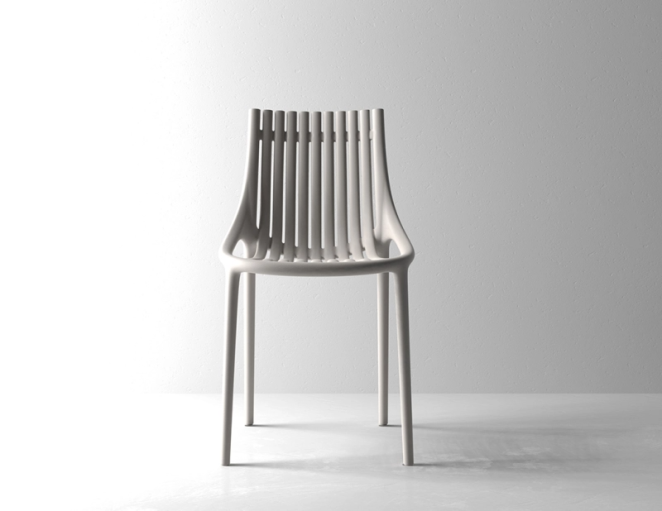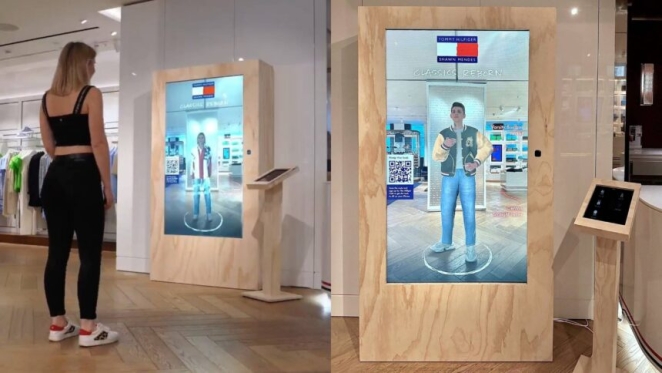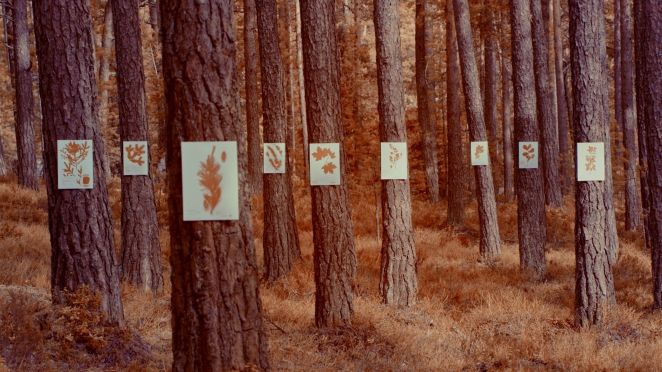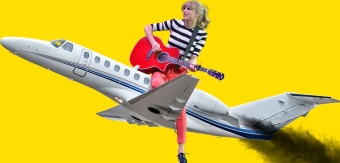Can you believe it, we’re almost already two weeks into 2024? The passage of time is a strange and cruel thing and I feel almost nervous that it’s taken me this long to break out a true predictive trends piece.
Trend forecasting, you see, is far from an exact science and they are also, of course, wildly objective. Indeed, some creatives might (quite rightly) believe that trends, by their very nature, serve to undermine the individuality of a designer’s work. Others, meanwhile, might feel that the first two weeks of the year is too soon to start pontificating over definitive trends because we have so little evidence to work with.
For me, however, trends are not something to aspire to but something to appreciate and acknowledge; a litmus against which to measure the general atmosphere of the creative landscape. With that in mind, I spent the best part of an afternoon recently researching various design industry trends and speaking with several top creatives. These are the trends that seemed to pop out at me but, of course, feel free to sound off in the comments if you disagree.
1. Eco-Friendly and Sustainable Designs
With growing environmental concerns, eco-friendly and sustainable designs have become paramount as designers are increasingly using recycled materials and focusing on sustainability. This trend is evident in everything from packaging and product design to architecture and interior décor, with many furniture brands using reclaimed wood and recycled plastics to create stylish, eco-friendly pieces.

The Ibiza Chair by Vondom
For example, a popular chair design concept from late last year was made entirely from recycled ocean plastic, blending sustainability with modern aesthetics.
2. Digital and Physical Blending (Phygical)
The line between the digital and physical worlds is beginning to blur. Augmented Reality (AR) and Virtual Reality (VR) are becoming integral parts of the design process for many. Indeed, this trend is already revolutionising retail spaces, exhibitions, and even the world of education, as designers create environments that seamlessly integrate digital and physical elements.

An AR mirror at the Hilfiger store in London
A great example of this is the Hilfiger store in London, which has been using AR mirrors, allowing customers to try on clothes virtually. This integration of digital technology in a physical space enhances the shopping experience and reduces the need for physical inventory.
3. Using AI to elevate design
The use of AI has already propelled the industry to remarkable achievements, unlocking the ability for designers to translate their aspirations into realities that were previously unthinkable. The impact of AI is set to expand even further in the year to come, influencing major aspects of our design workflows. In 2024, graphic design is poised to heavily rely on the assistance of AI and it is imperative for designers to embrace this trend.

Viva Magenta Pantone Colour of the Year
For a prime example, look at the Viva Magenta Pantone Colour of the Year 2023 campaign by Huge, which used AI software Midjourney to create static ads, immersive 3D experiences and more.
4. Moving Typefaces
Dynamic elements like motion and animation are increasingly used in digital designs to engage users and many designers believe that more kinetic and variable typefaces, with ownable variable sliders, will play a major role for brands in the coming year. As shortform video becomes a more valuable tool (thanks in no small part to the rise of TikTok), more brands will start asking motion designers to add literal movement to their typefaces.

Tokyo Dome City brand identity by &Form
We've already seen this in recent months with Collins work for the San Francisco Symphony, &Form Studios' Tokyo Dome City and Studio Kiln's Too Much to Watch brand identity.
5. Embracing imperfection
Uniformity tends to work well for “products”, even when it comes to the use of natural materials. This means that the inconsistent nuances in colour, texture or grain that are inherent in the likes of wood, wool, leather, or stone have traditionally become a hurdle to overcome for designers. However, there is a growing concern that stripping out the quirks of a tree, the striations of a rock or the blemishes on an animal hide reduces that makes those things intrinsically beautiful in the first place.

Formafantasma’s Cambio exhibition
There’s also a lot of waste that goes into this process, tying back into our first trend – sustainability. This was highlighted by Formafantasma's Cambio research project, when the design studio investigated the global impact of the extraction, production, and distribution of wood.
Of course, I’m just scratching the surface here but these trends, and the dozens of other trends I could easily have chosen to focus on share one key common denominator – there are not just about aesthetics; they are about creating meaningful, inclusive, and forward-thinking experiences and about shaping the world around us rather than just reflecting it.
Design is more than just a mirror; it’s a template and a guide map. In the next 12 months, as designers choose to reject or embrace AI, it’s going to be more important than ever before to keep one eye firmly on that map and the other on the blank page in front of us.




